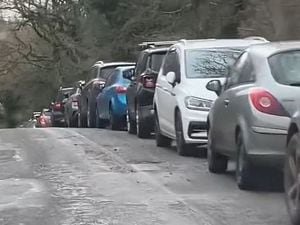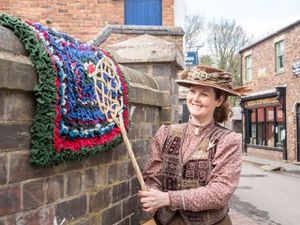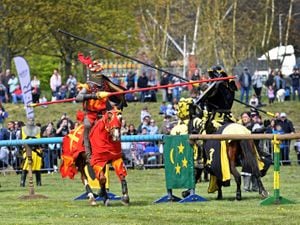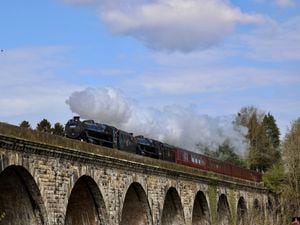Lost Shrewsbury chapel remains hidden as team 'digs in the wrong castle'
Archaeologists searching for a medieval chapel found they were digging in the wrong castle - but made some interesting discoveries.
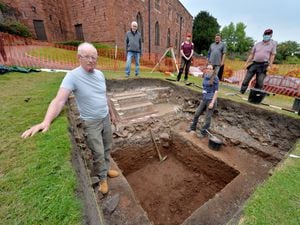
The second season of excavations at Shrewsbury Castle, funded by the Castle Studies Trust finished last Friday.
The team, including lead archaeologist Dr Nigel Baker and University Centre Shrewsbury heritage experts Professor Tim Jenkins and Dr Morn Capper, have been reviewing the findings.
Dr Baker said: “We were perplexed to find no sign of the natural gravel hilltop in this year’s excavation, despite going more than two metres deep. The answer has dawned on us slowly. The familiar face of Shrewsbury Castle seen from the front of the station and from Castle Gates and the Dana is in fact the second Shrewsbury Castle. It probably dates to just after 1200AD. But the first Shrewsbury Castle, which would have been familiar to William the Conqueror, was about 25 per cent smaller.
"It was confined to the hilltop and, though smaller, was absolutely bristling with defences – as we found in 2019.
“That’s why we didn’t find the chapel of St Michael: that was within the first castle perimeter – we were digging in the wrong castle!
“Around the year 1200, and we need our pottery specialist to confirm the dating, there was a huge expansion programme, during which the familiar sandstone walls with their battlements were built lower down the hillside. The slope behind was then levelled up with landfill.”
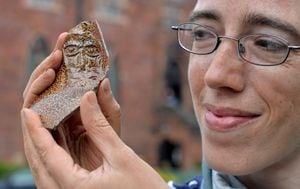
He added that, to archaeologists, even landfill can provide vital evidence. The layers of dumped earth included animal bones from food waste, and preliminary identification suggests that high-status feasting was going on, with the bones of a pike and possibly a swan present.
He said: “If confirmed, this is evidence of food fit for kings and lords, not your average Salopian, and looks like rubbish left over from the original Norman castle – or Shrewsbury Castle as we now think of it.”
As well as ancient pottery and animals bones, historic medicine and beer bottles have also been discovered in the earth.
This latest dig was commissioned after a successful first season in 2019, when finds of national significance were made.
The first season dig showed just how strongly fortified the original Norman castle was – it successfully resisted a siege by rebellious local people in 1069 – but also how much damage was done to the castle remains by engineer Thomas Telford in the years between 1786 and 1790. The new excavation aimed to shed more light on both these issues.
The first item on the dig agenda was to find the footings of the Victorian greenhouse that stood on the site until it was taken down and moved, probably in the 1920s. The greenhouse was cut into the sloping bank.
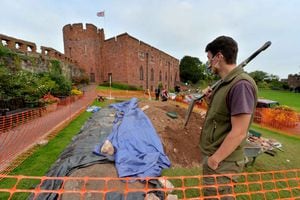
A ground-penetrating radar survey done in 2019 suggested that what may have been one wall of the greenhouse is suspiciously deeply founded – and could belong to much older structure.
Two discoveries of national significance were made last year, rewriting what was known about Shrewsbury Castle. The first key find was the great defensive ditch that encircled the base of the Norman motte.
The excavation has shown that when a castle was first built by the Normans in or just before 1069, the motte, with its defensive ditch, was enormous.
It would have been about 12 metres wide and the geophysics suggest there was probably a bridge over it.
The second key find was the discovery of two arrow heads or crossbow-bolt heads.

